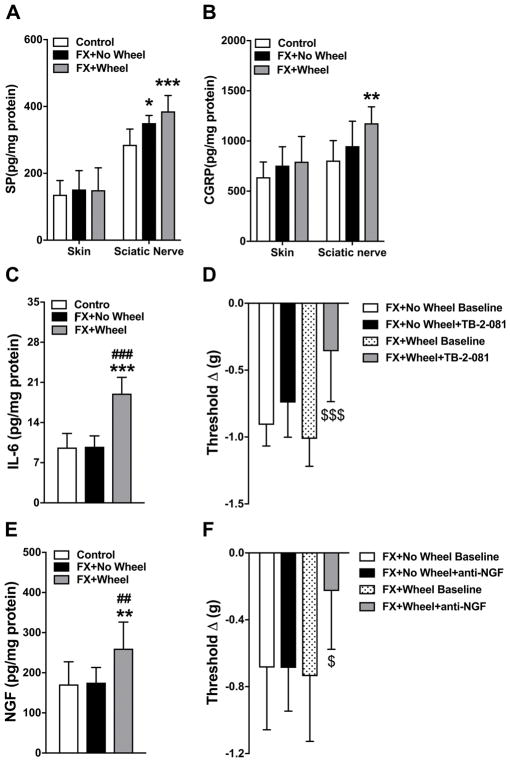Figure 9. Exercise improved post fracture locomotor activity and reduced anxiety.
Fracture mice were treated with 4 weeks of wheel running (FX+Wheel, Week 7) or no wheel access (FX+No Wheel, Week 7) and nonfracture mice with and without access to running wheels were used as controls (Control+Wheel, Control+No Wheel, Week 7). In an additional set of experiments, fracture and control mice were given 4 weeks of wheel access and then the wheel was removed for 2 weeks (FX+Wheel, Control+Wheel, Week 9) or were not given access to a running wheel and were tested at 9 weeks post fracture (FX+No Wheel, Week 9). In the open field test, compared to nonfracture controls, there was no reduction in the distance traveled by the FX+No Wheel cohort at 7 (A) or 9 (B) weeks post fracture. Wheel exercise (FX+Wheel) did increase the distance traveled, compared to FX+No Wheel (A), but this effect was lost after stopping exercise for 2 weeks (B). The exercise fracture mice spent increased time in the center of the open field assay, compared to no exercise fracture mice or controls (C), but this effect was lost after stopping exercise for 2 weeks (D). After 4 weeks of wheel exercise control nonfracture mice also spent increased time in the center of the open field assay, compared to controls lacking wheel access, and this effect was also lost after stopping exercise for 2 weeks (D). Compared to no fracture controls, the FX+No Wheel mice were less likely to enter the open arms of the zero maze assay, signifying increased anxiety at 7 (E) and 9 (F) weeks post fracture. Four weeks of wheel exercise reversed anxiety behavior in the zero maze test in fracture mice (FX+Wheel), but had no effect on controls (E), and this anxiolytic effect was lost after stopping exercise for 2 weeks (F). Exercising the fracture mice cause an increase the time spent in the open arms of the zero maze (E), but this effect was lost after stopping exercise for 2 weeks (F). Values are means ± SD, n=11–15 per cohort. One-way analysis of variance with Bonferroni post hoc testing. * P< 0.05, ** P< 0.01, for FX+No Wheel or FX+Wheel vs Control, # P< 0.05, ## P< 0.01, for FX+Wheel vs FX+No Wheel, && P< 0.01 for FX+Wheel vs Control+Wheel.

